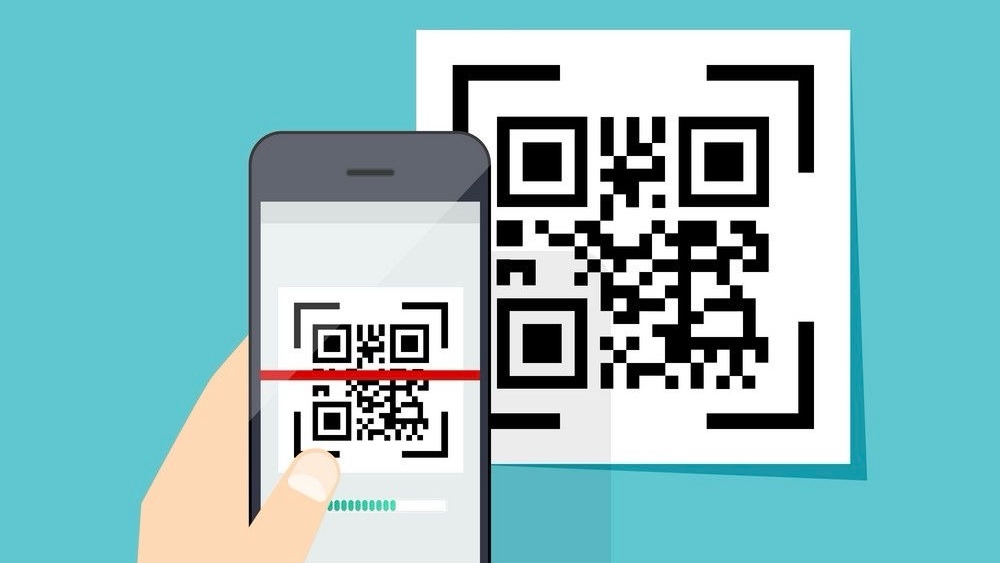Understanding the Importance of Software Security
The Risks of Neglecting Software Security
- Neglecting software security can expose vulnerabilities in the code, making it easier for malicious actors to exploit weaknesses and gain unauthorized access to sensitive data. Ignoring security measures opens the door to potential cyber attacks, leading to data breaches, financial losses, and damage to a company’s reputation.
How Security Breaches Affect Businesses and Users
- Security breaches have far-reaching consequences for both businesses and users. Businesses may suffer financial losses, legal repercussions, and a loss of customer trust following a security breach. Users are at risk of identity theft, fraud, and privacy violations when their personal information is compromised. Security breaches can disrupt operations, erode customer loyalty, and tarnish the brand image of a business.
Best Practices for Secure Code Development
1. Incorporating Security in the Software Development Life Cycle (SDLC)
In secure code development, I ensure to integrate security measures at every stage of the Software Development Life Cycle. By incorporating security from the initial design phase through to deployment, I can proactively identify and address potential vulnerabilities. This approach helps me create robust software that is resilient to cyber threats.
2. Proactive Threat Modeling and Risk Assessments
I prioritize proactive threat modeling and risk assessments in my development process. By identifying potential threats and vulnerabilities early on, I can mitigate risks effectively. Conducting thorough risk assessments allows me to understand the security implications of different scenarios and implement appropriate countermeasures to enhance the security of my code.
3. Adhering to Coding Standards for Security
Adhering to coding standards for security is a cornerstone of my secure code development practices. I follow established coding guidelines and best practices to write secure code that is resistant to common vulnerabilities. By maintaining coding standards for security, I ensure that my code is robust, reliable, and less susceptible to exploitation by malicious actors.
Tools and Techniques for Code Protection

Static and Dynamic Code Analysis Tools
In my experience, utilizing static and dynamic code analysis tools is crucial for code protection. These tools help identify potential vulnerabilities and security flaws in the codebase by scanning the code for known patterns and anomalies. Static analysis tools analyze the code without executing it, highlighting issues like buffer overflows or injection vulnerabilities. On the other hand, dynamic analysis tools run the code and monitor its behavior in real-time, detecting runtime errors and security weaknesses. By incorporating both types of tools into the development process, developers can uncover and address security issues early, ensuring a more robust and secure software product.
Leveraging Encryption and Obfuscation
When it comes to protecting code, encryption and obfuscation are effective techniques that I always recommend. Encryption involves encoding data to make it unreadable without the proper decryption key, offering an added layer of security for sensitive information within the code. Obfuscation, on the other hand, involves modifying the code to make it more challenging to understand, hindering reverse engineering attempts by malicious actors. By integrating encryption to secure data and obfuscation to obscure the code structure, developers can significantly enhance the resilience of their software against attacks and unauthorized access.
Implementing Secure Authentication Mechanisms
Implementing secure authentication mechanisms is paramount in safeguarding code and data integrity. Strong authentication methods, such as multi-factor authentication and biometric verification, help verify the identity of users accessing the system, reducing the risk of unauthorized access. Additionally, using secure protocols like OAuth or OpenID Connect for authenticating users and protecting sensitive data during transit further strengthens the security posture of the software. By prioritizing secure authentication measures, developers can prevent unauthorized users from compromising the codebase and ensure that only authorized individuals can interact with the software securely.
Data Security Strategies
- As a software developer, it’s crucial to implement robust data security strategies to protect sensitive information from potential threats. Here are some key practices to bolster data security:
1. Ensuring Data Encryption both at Rest and in Transit
One essential practice I prioritize is encrypting data both at rest and in transit. Encrypting data at rest involves securing information when it’s stored in databases or on servers. Additionally, encrypting data in transit ensures that information remains protected while being transmitted between systems. By encrypting data using strong encryption algorithms, I can significantly reduce the risk of unauthorized access to sensitive data.
2. Regular Data Backup and Recovery Plans
Implementing regular data backup and recovery plans is another vital aspect of safeguarding data. By frequently backing up data and storing backups in secure locations, I can mitigate the impact of data loss due to unforeseen events such as cyber attacks or system failures. Establishing robust recovery plans enables me to quickly restore lost data and maintain business continuity in the face of disruptions.
3. Protecting Against SQL Injection and Other Data Breaches
To enhance data security, I always prioritize protecting against SQL injection attacks and other common vulnerabilities that can lead to data breaches. By validating input data, using parameterized queries, and implementing firewall protections, I can safeguard databases from malicious attacks that exploit vulnerabilities in code. Regular security assessments and penetration testing help me identify and address potential weaknesses proactively, reducing the risk of data breaches and unauthorized access.
Creating a Culture of Security in Your Organization
Conducting Regular Security Training and Awareness Programs
Ensuring a culture of security within your organization starts with the commitment to ongoing education and awareness. Regular security training programs are vital to equip employees with the knowledge and skills needed to recognize and prevent potential security threats. By staying up-to-date on the latest cybersecurity trends and best practices, employees can actively contribute to safeguarding the organization’s code and data. It’s essential to conduct frequent security awareness sessions to reinforce the importance of adhering to security protocols and protocols throughout all levels of the organization.
Encouraging Open Communication About Security Concerns
Open communication is key to fostering a security-conscious environment within your organization. Encouraging team members to raise security concerns without fear of retribution promotes transparency and collaboration in addressing potential vulnerabilities. By establishing channels for employees to report security incidents and share insights on emerging threats, organizations can swiftly respond to issues and implement necessary safeguards. Creating a culture where security is everyone’s responsibility cultivates a proactive approach to identifying and mitigating security risks effectively.
Keeping Software and Security Measures Up to Date
Maintaining the security of your code and data requires a proactive approach to keeping software and security measures current. Regularly updating software applications, security patches, and encryption protocols is crucial in mitigating vulnerabilities and reducing the risk of exploitation by malicious actors. By staying abreast of the latest security updates and advancements, organizations can fortify their defenses against evolving cyber threats. Implementing a robust system for monitoring and updating security measures ensures that your organization’s sensitive data remains protected and secure against potential breaches.



